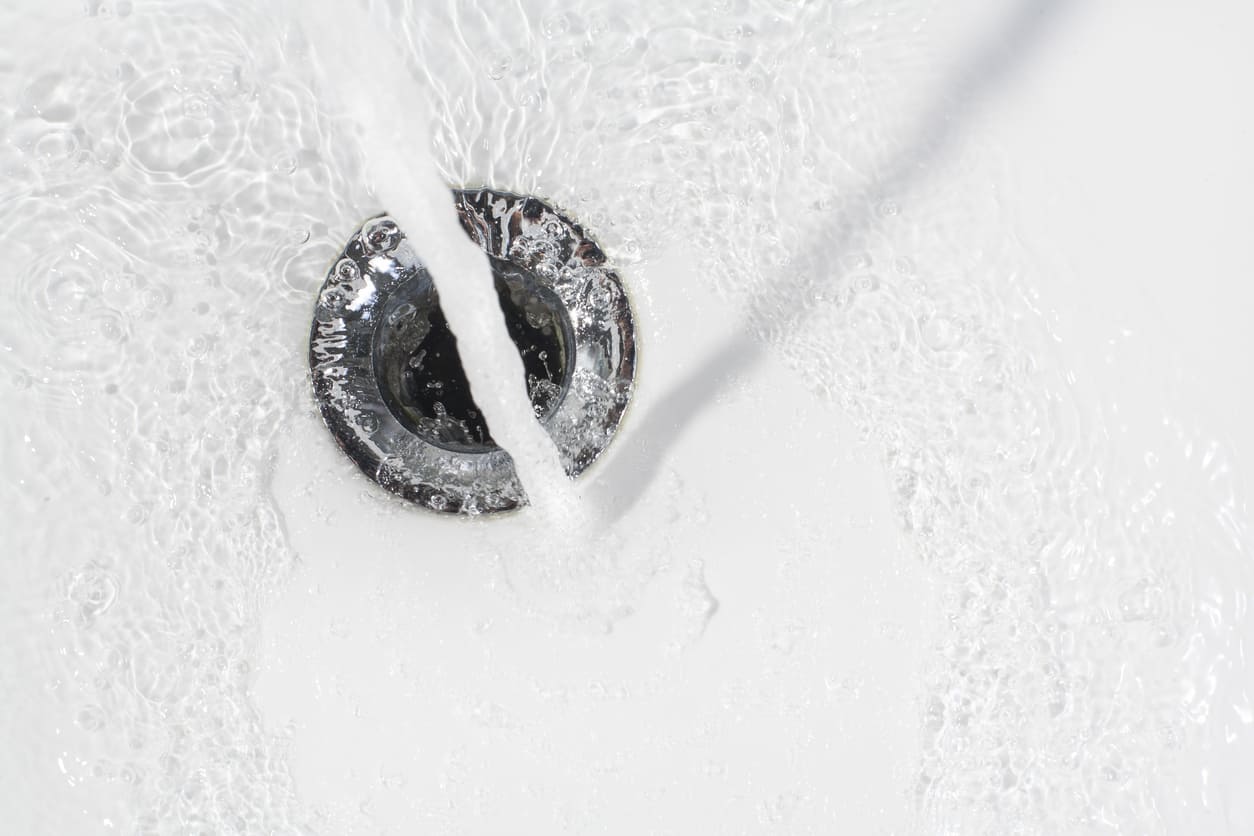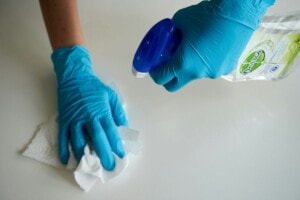
While utilities like internet and cable TV may seem like obvious targets, your water bill can also run much higher than necessary.
Missing water bill payments could eventually hurt your credit. While most utilities don’t report on-time payments to the to credit bureaus, many will report accounts that go into default or collections, which will cause your scores to take a hit. (Want to see where yours stand? Take a look at two of your credit scores free on Credit.com.)
There’s no shortage of common sense methods to cut your water usage and lower your bill. Here are 11 options.
1. Fix Leaky Faucets
Leaky faucets may not seem like obvious culprits — after all, they’re only losing water a drop at a time. But as months go by, those drips add up.
A single drop per second from a leaky faucet can lead to 2,082 gallons of waste water each year, according to the U.S. Geological Survey. All you need to do is head to your local hardware store for a repair kit and that repair could save you a lot over time.
2. Run Full Loads of Laundry
You may want to avoid running your washing machine just to clean a few T-shirts and a pair of socks. Not only does that waste water, it puts unnecessary wear and tear on your washer. Only wash full loads of laundry to reduce the number of times you have to run your machine.
3. Limit Your Showers
Showers account for 17% of home water use, according to the Environmental Protection Agency (EPA). That long, luxurious shower feels good in the moment, but it drives up your water bill. Try to limit your showers to five minutes or less or cut back on the frequency.
4. Adjust Water Temperature Away From the Sink
If you run your cooking water or drinking water straight from the faucet, you may be wasting water as you wait for it to heat up or cool down. Instead, you can heat cool water on the stove and keep drinking water in a container in the fridge.
5. Wash Dishes Efficiently
Running your dishwasher uses less water than hand-washing your dishes, according to the EPA. If you don’t have a dishwasher, try stopping the drain and filling the sink with soapy water rather than letting the water run.
6. Install Efficient Showerheads
If your showerheads are inefficient, or if you’ve never replaced them, you may want to invest in a low-flow or high-efficiency showerhead. Showerheads today must have a flow rate no more than 2.5 gallons per minute, as specified by the federal Energy Policy Act of 1992.
“Showerheads made before that typically spit out five or more gallons per minute,” said Karen Hoxmeier, Founder of MyBargainBuddy.com. “Switching will save about 136 gallons of water per shower. A water-efficient showerhead will pay for itself after only a few months.”
While you’re making upgrades, here are 17 things homeowners should make sure to do each year.
7. Water Your Lawn at the Right Time
Watering your lawn at the right time of day can reduce the amount of water lost to evaporation.
“Water evaporates quickly into the air during the hottest times of the day, so if you have a lawn or garden that needs watering we suggest doing so in the morning or evening to cut down on water evaporation waste,” said Rob Caiello, vice president of marketing at Allconnect, a company that helps connect consumers with utility providers.
8. Collect Rain Water
You can use a water cistern or any large container to capture rainwater and use that water to hydrate your lawn and garden.
9. Don’t Let the Bathroom Faucet Run
Letting the faucet run while you shave or brush your teeth is wasteful, as most of that water isn’t being used. Fill the sink before shaving and shut off the water as you brush your teeth to reduce waste.
10. Install Faucet Aerators
Faucet aerators limit the water that flows through your faucets, cutting water usage and the energy required to heat hot water. Installing aerators on every faucet in your home can dramatically reduce the water used in your sinks.
11. Install Water-Efficient Toilets
Modern, efficient toilets can use less than 1.3 gallons per flush, according to the EPA. And while low-flow toilets got a bad rap in their infancy, today’s toilets have corrected the poor performance issues that plagued early models. If your toilet is due for an upgrade, a low-flow model can help slash that water bill.
Want more bill reducing hacks? We have 11 ways to save on your electric bill right here.
More from Credit.com
This article originally appeared on Credit.com. authored by Brian Acton


























 United States
United States Canada
Canada